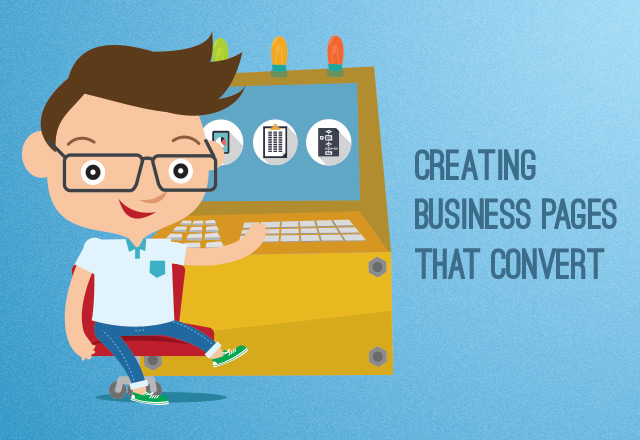November 9, 2015 by radii

Stories may be the single most powerful way to convey an idea to another human being. At its most fundamental, it's not only how we learn about the world around us, it's how we interpret it and teach it to others. Metaphors and descriptions spark understanding in a way that plain-and-dry data never can. But although Story itself is rarely disputed as a powerful way to educate and humanize tedious subjects, it's often overlooked as a method to improve the user experience of websites today.
For the web industry, storytelling by design is a growing interest of many designers. But why? Do cookie-cutter websites really leave anything left to be desired? And moreover, can storytelling by design have a practical purpose beyond subjective aesthetics?
Continue Reading

A landing page is a key part of a business’ online marketing arsenal. It is an expertly designed web page that serves to engage the user into following through a conversion funnel.
How should it work? The user looks for something specific and their search brings them to the business’ landing page. The page then provides the exact information that the user is looking for, and goes on further to engage the user towards lead generation.
Not all landing pages are created equal. So what elements then, make a landing page great?
Continue Reading

This week we bring to you the final chapter in our User Experience for Corporate Websites series. Be sure you're caught up on Part I (Content Structure and Conversions), Part II (Navigation Matters), and Part III (Multiple Media and ROI).
One of the most important--and valuable--aspects of a corporate website is the abiliity to extend and fortify your sales force. When your website is created (and reviewed) with the perspective that it should be in sync with your sales team, the result is a more effective website on the whole. This plays a tremendous role in user experience; by focusing on a consistent user experience between the boardroom and your online presence, you allow your website to take up some of the work for you--all while strengthening your corporate identity and message.
How you approach this aspect of your user experience is largely dependant on your business and sales processes. In general, the following guidelines will help you carry over those processes to your website, even if certain elements aren't applicable (for instance, you might not make use of sales sheets). At any rate, here are four pillars of creating a corporate website that reinforces your sales team.
Continue Reading

Last week we covered Part II in our series on User Experience for Corporate Websites. This week we're tackling Part III, in which we're discussing how a corporate website's ROI can be affected by responsive design.
ROI can be a tricky thing to measure, especially when you increase the number of hard-to-quantify variables or variables that return at different times. Most websites are considered mandatory expenses for companies, so we pay extra attention to developing websites that exceed expectations. It's a good feeling when clients come back to report that their website was an excellent investment--and we're seeing responsive design play an increasing role in positive ROI.
Responsive design is becoming an integral feature for good user experience. Although it may not be the right direction for every project--there might be instances in which a mobile-first approach would suit the project better--it can serve an important role in your web initiative's ROI. The key? Your user interaction.
Continue Reading




